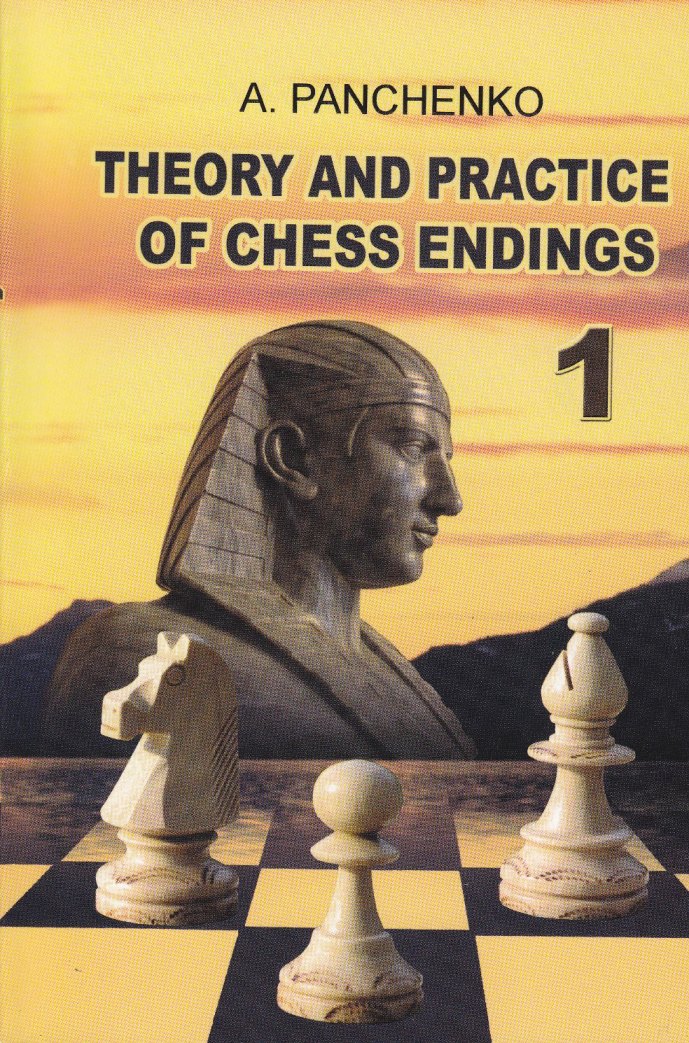1
|
Pawn
endings
|
|
1.1
|
Opposition
|
|
1.2
|
Corresponding
squares. Triangulation
|
|
1.3
|
The
rule of the square
|
|
1.4
|
Outside
passed pawn
|
|
1.5
|
Playing
for stalemate
|
|
1.6
|
Shoulder-charging
|
|
1.7
|
Breakthrough
|
|
1.8
|
Extra
space
|
|
1.9
|
Transition
from pawn endings to other endings
|
|
1.10
|
Transition
to a pawn ending
|
|
Positions
to solve
|
||
2
|
Knight endings
|
|
2.1
|
Knight's
features
|
|
2.2
|
Several
typical positions
|
|
2.3
|
Knight
and pawn against Knight
|
|
2.4
|
Knight
and two pawns against Knight
|
|
2.5
|
Strategy
and tactic in Knight endings
|
|
Positions
to solve
|
||
3
|
Bishops of opposite color
|
|
3.1
|
Minimum
of exact positions
|
|
3.2
|
Strategic
ideas in endings with Bishops of opposite color
|
|
Positions
to solve
|
||
4
|
Opposite colored bishops with Rooks or
Queens on the board
|
|
4.1
|
Opposite
colored Bishops with Rooks
|
|
4.2
|
Opposite
colored Bishops with Queens
|
|
Positions
to solve
|
||
5
|
Bishops of the same color
|
|
5.1
|
Several
theoretical positions
|
|
5.2
|
Most
important features of endings with Bishops of the same color
|
|
Positions
to solve
|
||
6
|
Bishops against Knight
|
|
6.1
|
Bishop's
advantages
|
|
6.2
|
Knight's
advantages
|
|
6.3
|
Bishop
against Knight-conclusions
|
|
6.4
|
A Bishop
is simply stronger than a Knight
|
|
Positions
to solve
|
||
7
|
Bishop pair in the endgame
|
|
7.1
|
Simple cases
|
|
7.2
|
Exchange
of one of the Bishops
|
|
7.3
|
Bishop
pair with a passed pawn
|
|
7.4
|
More
complex examples
|
|
7.5
|
Bishop
pair with Rooks on the board
|
|
7.6
|
Successful
fight against Bishop pair
|
|
7.7
|
How
the positions with a Bishop pair arise?
|
|
Positions
to solve
|
||
Solutions
to the contest tasks
|
||
Sumber:
-->


Tidak ada komentar:
Posting Komentar